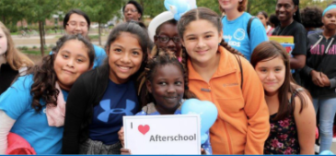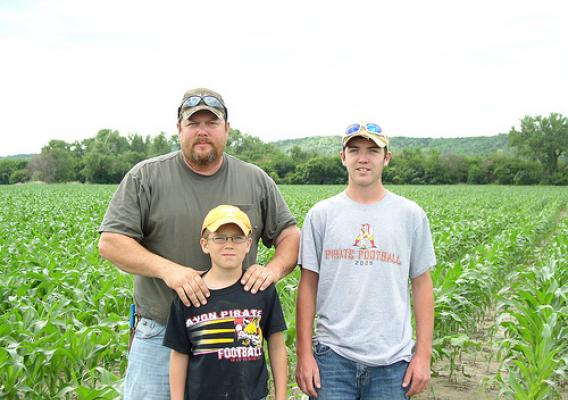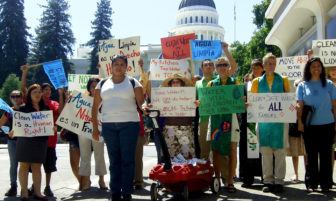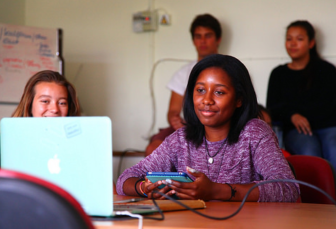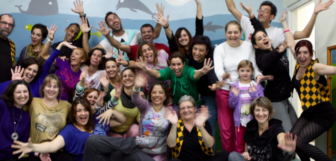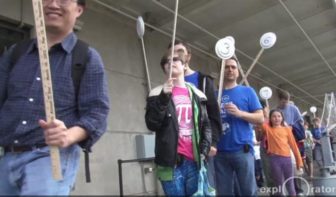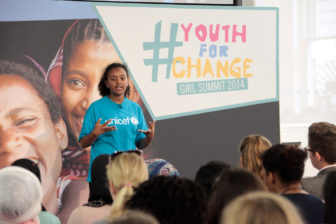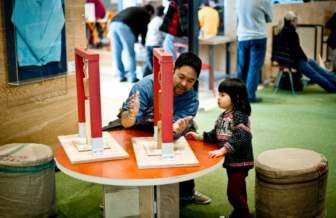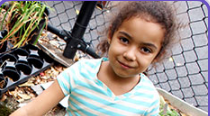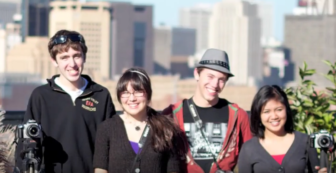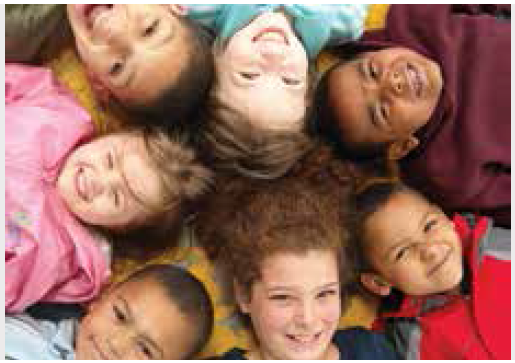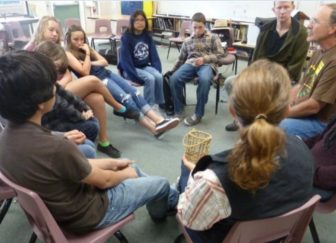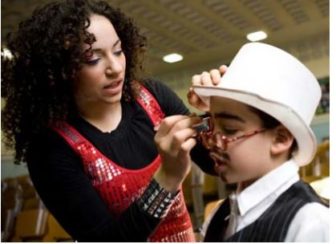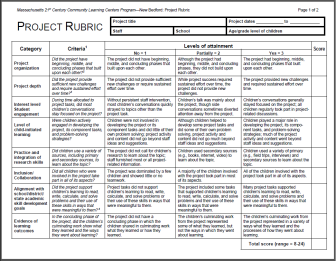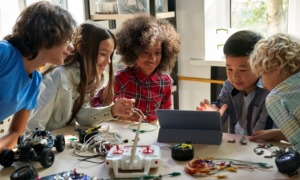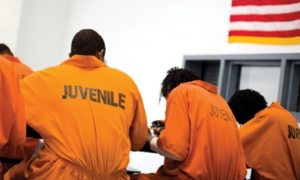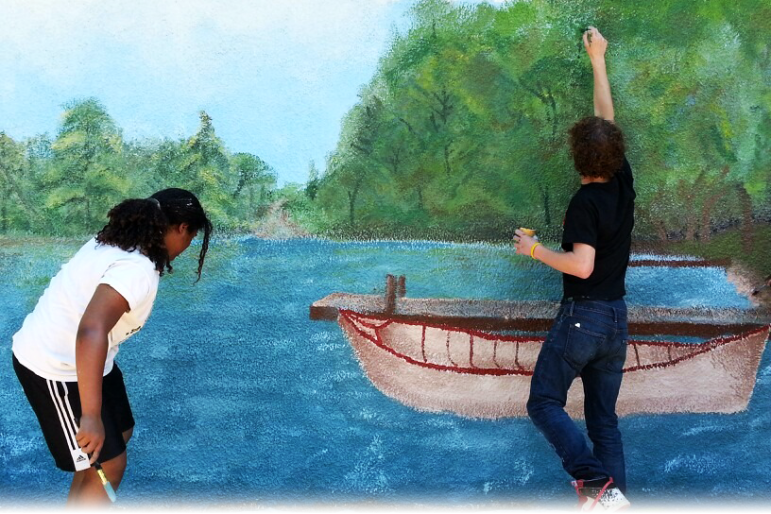
Explore & Download These Resources
Resources to Promote Belonging and Inclusion
All over the country, after-school leaders and professionals are standing up to promote a sense of belonging and inclusion, fighting for safe places now, and for peaceful and prosperous futures free from bigotry and hate. Every Hour Counts, the Afterschool Alliance and the National Afterschool Association created a resource guide to help after-school and summer learning providers fight hate and promote love in their communities. This rich guide can help efforts to find advice, tools, and insights to help navigate complex and difficult conversations and grow as advocates and educators.
» Download the Resource (PDF) «
Pathways to Developing Afterschool Programs in Rural Areas
One of the most common and persistent needs for families in rural areas is quality child care. It is a need that affects families across the socioeconomic spectrum when resources are geographically scarce. This guide was developed from the stories and contributions of successful afterschool programs in rural areas that were built from the ground up to respond to community needs.
» Download the Resource (PDF) «
Engaging Youth & Adults as Partners in Social Change
This guide provides highly participatory activities designed to engage youth and adults in dialogue and creative activities to elicit a shared understanding about a community’s history of youth engagement and the power and wisdom of each participant’s experience as a youth leader. It also explores the groups’ collective opportunity to harness this history to build shared leadership in the future.
» Download the Article (PDF) «
Parents Guide to 21st Century Skills
This guide, developed by Edutopia, is geared towards parents of children and youth. Nonetheless, it provides an excellent, and comprehensive description of the 21st century skills, and provides projects that help students acquire these skills. Activities can be easily adapted by any out-of-school program, such as how to use Skype to engage with youth around the world in collaborative projects.
CirSchool
CirSchool is a project aimed at developing an innovative and creative teaching and learning environment, based on how learning happens in the circus, promoting key skills in children and fostering character development. The aim is the acquisition of key skills, such as self-esteem, team-building, problem solving, abstraction and responsibility. While CirSchool is based in Europe, their website hosts a large catalog of activities and lessons for children and youth of all levels which are highly appropriate for the out-of-school time setting.
Smithsonian National Zoo and Conservation Biology Institute
The Smithsonian National Zoo and Conservation Biology Institute has a website the provides many activities for children and youth. There are three webcams — lions, pandas, and elephants so that students can watch the animals in real time. The page for each animal has a great deal of information and resources, and students can ‘adopt’ an animal, which can be a strategy for engaging youth in a fundraising activity. In addition, the website provides tips for preparing children for a field trip to a zoo.
Exploratorium Website
The Exploratorium, based in California, “isn’t just a museum.” It’s also a website with a rich collection of resources that include topics such as culture, colors, energy, food & cooking among many others. The resources include activities, such as how to throw a solar eclipse party, as well as videos and Apps. A valuable tool for any out-of-school time program.as well as videos and Apps. A valuable tool for any out-of-school time program.
Building Support for Student-Centered Learning: A Toolkit
Funded by the Nellie Mae Education Foundation, this toolkit draws extensively from the FrameWorks Institute’s approach to communication. The three sections of the kit introduce three essential elements of effective public understanding and engagement for student-centered learning: telling a compelling public story, promoting dialogue, and engaging young people.
Making & Learning in Museums & Libraries
Museums & libraries are important venues for OST learning, as well as critical partners and cultural resources for afterschool programs. This guide provides practical strategies as well as a framework for using these spaces to create “makerspaces,” which are opportunities that engage participants in building or adapting objects using real tools and real materials.
Plum Landing Curriculum
Developed by WGBH Boston, the PLUM LANDING environmental science curriculum helps kids develop a love for, and connection to, earth. It provides a set of activities and media resources arranged in thematic sequence and aligned with the Next Generation Science Standards. The curriculum was put together with informal educators in mind—those running afterschool programs, summer camps or other out-of-school time programs.
Together Beyond the School Day. Including Youth With Disability in Out-of-School Time Programs
This guide provides strategies and recommendations for how to include youth with disabilities in out-of-school time programs, such as having regular schedules, and talking with parents about youth’s needs and ‘abilities’ so that they can be more well integrated.
“I Bloomed Here.” A Guide for Conducting Photovoice with Youth Receiving Culturally- and Community-based Services
Photovoice is a way to get young people engaged in their communities and be featured as experts on their own lives. The photographs they take and the stories that emerge from small group discussions around the pictures are used to engage in important discussions with policymakers, community leaders, and power brokers within the community in order to promote positive change.
Ten Transition or Wait Time Games for School-Aged Children
Some handy and practical tips from the National Afterschool Association for helping children (and staff) survive the many transitional or wait times during the out-of-school time using games.
Teaching Restorative Practices in the Classroom
Restorative Practices are a framework for building community and for responding to challenging behavior through authentic dialogue. This manual describes how to hold restorative circles, and contains step-by-step instructions for circles that build community, teach restorative concepts and skills, and harness the power of restorative circles to set things right when there is conflict.
Key Principles of Developing an Afterschool Curriculum
The National Institute on Out-of-School Time developed this handout which provides some key principles and a framework for an afterschool curriculum, such as providing a variety of activities and environmental and staffing considerations.
Project Rubric Example
A rubric that can be used by staff or administrators to determine the quality of projects developed for OST programs. This includes criteria such as whether students learned new skills, and how well they were engaged in collaboration.
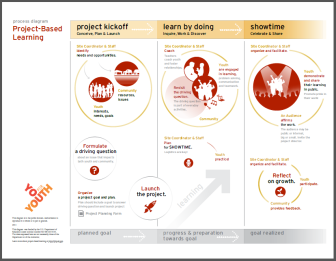
Project-Based Learning Diagram
A handout that can be used to help staff in OST programs to visually understand the stages of designing and delivering projects.




